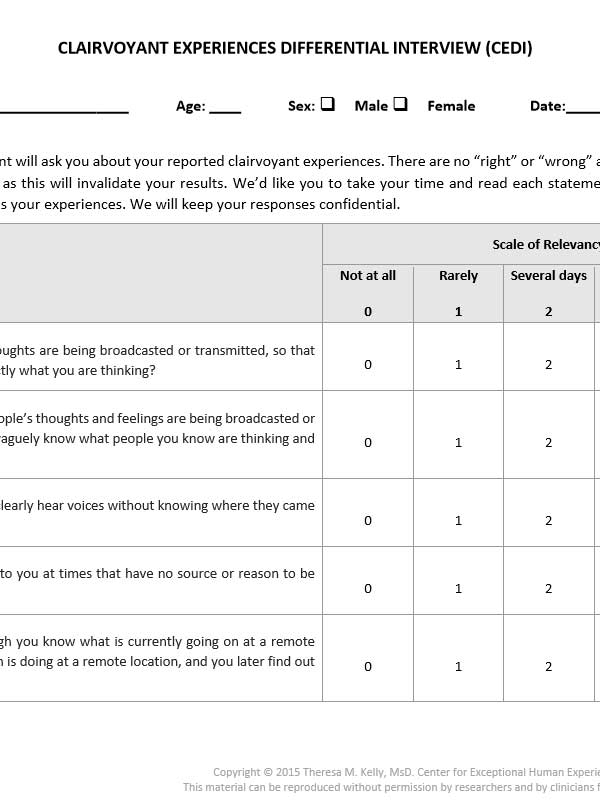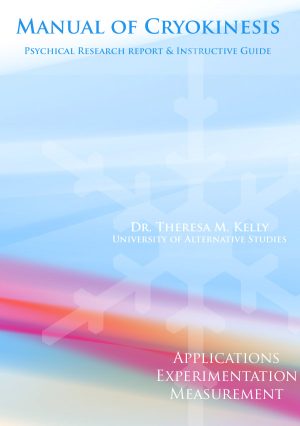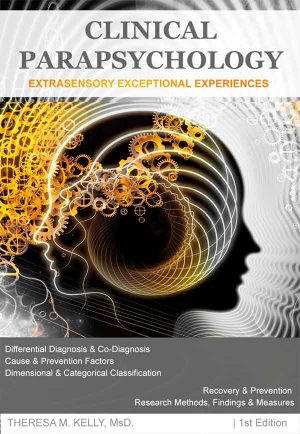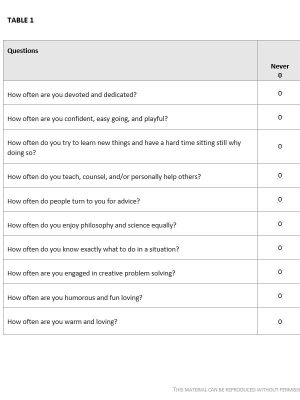Description
Differential Interviews Pack (TEDI/CEDI/EEDI) for Professional Clinical/Research Use
The Center for Exceptional Human Experiences (CEHE) is offering a number of “emerging measures” for further research and clinical evaluation in regard to “exceptional experiences.” This particular measure was designed to be utilized during psychological or psychiatric intake to assist in determining the best course of patient treatment. This measure is not designed to track change in psychotic symptoms over time, but may be useful for this purpose. It should be used in research and evaluation as a potentially useful tool in differentiating veridical telepathic phenomenology from psychotic symptomology, but should not be intended as the sole basis for diagnosis. Introduction, scoring information, and interpretation guidelines are provided; further background information can be found in the higher education textbook “Clinical Parapsychology: Extrasensory Exceptional Experiences.” The CEHE requests that clinicians and researchers provide further data on the instruments’ usefulness in characterizing patient or participant status and improving patient care or research design at http://qpsychics.com/center.
The TEDI is a 16-item measure consisting of (9) questions to identify Schneider’s First Rank Symptoms of Schizophrenia (FRS) (e.g. thought insertion, though withdrawal, thought broadcasting, etc.), and (2) questions from the Minnesota Multiphasic Personality Inventory F Scale (MMPI). Both of these sets of questions are included because they can assist the clinician in identifying abnormal factors and these questions have been slightly altered in a manner that negates veridical telepathic phenomenology. In addition, the measure includes (5) questions that pertain to veridical telepathic phenomena that are labeled as signs of “Possible Telepathy” (PT).
The CEDI is a 44-item measure consisting of (8) questions to identify Schneider’s First Rank Symptoms of Schizophrenia (FRS) (e.g. thought insertion, though withdrawal, thought broadcasting, etc.), (11) questions from the Minnesota Multiphasic Personality Inventory (MMPI), (6) questions from the Dissociative Experiences Scale (DES), and (2) questions from a mail survey utilized in Greyson, 1977 (MSQ) in combination with various aforementioned question types. In regard to the FRS and MMPI, both of these sets of questions are included because they can assist the clinician in identifying abnormal factors, and these questions have been slightly altered in a manner that negates veridical clairvoyant phenomenology. In addition, the measure includes (17) questions that pertain to veridical clairvoyant phenomena that are labeled as signs of “Possible Clairvoyance” (PC).
The EEDI is a 20-item measure consisting of (3) questions to identify Schneider’s First Rank Symptoms of Schizophrenia (FRS) (e.g. thought insertion, thought broadcasting, etc.), and (5) questions from the Minnesota Multiphasic Personality (MMPI). Both of these sets of questions are included because they can assist the clinician in identifying abnormal factors and these questions have been slightly altered in a manner that negates veridical empathic phenomenology. In addition, the measure includes (6.5) questions that pertain to veridical empathic phenomena that are labeled as signs of “Possible Psychic Empathy” (PPE), and (1) question that pertains to veridical telepathic phenomena labeled as signs of “Possible Telepathy” (PT). Lastly, there are (4.5) questions from the Emotional Contagion Scale (ECS) (Doherty, 1997), that can assist in differentiating non-psychic empathic experiences from psychic empathic experiences.




